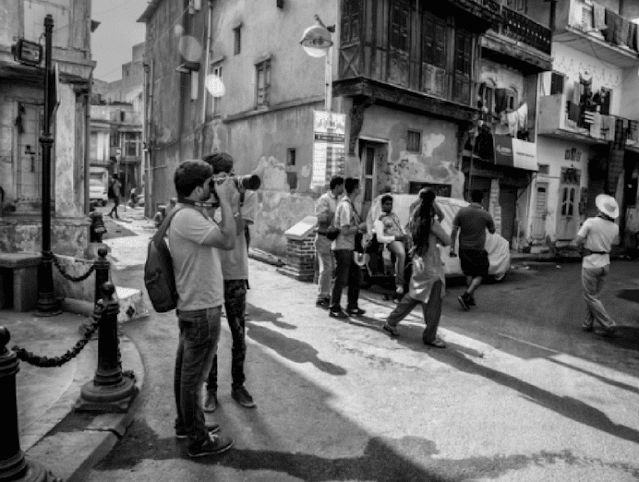There a lot of historical places to visit in Gujarat mainly due to its very versatile and influential history. With impact from Hindu and Muslim dynasties all around the state, this coexistence of different religions and cultures are well depicted by their monuments and architectural styles. Here are a few historical places you must visit in Gujarat.
Top Historical Places to Visit in Gujarat
Rani Ki Vav
Rani Ki Vav is an inticately constructed stepwell situated in the town of Patan. Rani Udayamati commissioned this stepwell in 1063 in the memory of her husband King Bhimdev l of the Solanki Dynasty. The seven story stepwell is actually made like an inverted temple. Three over the ground and four below. The well measures approximately 65 meters long, 20 meters wide and 27 meters deep. The delicate and intricate work on the walls, columns and roofs are simply outstanding. It was added to the list of UNESCO’s World Heritage Sites on 22nd June 2014. It also earned the title of ‘Cleanest Iconic Place’ in India at the Indian Sanitation Conference on October 2016.
Lothal
Also known as the Shaking Minarets, the two pillars have a playful and quivering mystery. It has left the best of architects and pioneering design engineers intrigued and in an unresolvable wonder. What they cannot unravel is when one minaret is shaken the other begins to vibrate, though the passage between them is vibration free. What causes the vibration is unknown. There are two well-known pairs of minarets in Ahmedabad, one located opposite to Sarangpur Darwaja and other in the Kalupur Railway Station area.
Sun Temple
The Sun Temple is a Hindu temple dedicated to the solar deity Surya located in Modhera village of Mehsana district. The temple is one of the most important and famous historical places in India. It was built during 1026-27 CE under the reign of Bhima l of the Chaulukya Dynasty. The temple is an excellent example of the Maru-Gurjara style of architecture. It is comprised of 3 components: Gudhamandapa, the shrine hall; sabhamandapa, the assembly hall and kunda, the reservoir. The halls have intricately carved exterior and pillars.
Heritage Walk Ahmedabad
Dholavira
Dwarkadhish Temple
Often known as Jagat Mandir or Trilok Sundar, Dwarkadhish Temple is a Hindu temple dedicated to Lord Krishna and is situated in Dwarka. Archaeological findings suggest it to be 2200-2000 years old. Originally believed to be built by Vajranabh, the grandson of Lord Krishna, it is a glorious structure seeming to rise from the waters of the Arabian sea. The temple is 43 meters high and the flag made from 52 yards of cloth resting on the exquisitely carved shikhar can be seen from as far as 10 kms. The temple is built of soft limestone. The carvings on its exterior multi-layered mythic intensity, daring eroticism and extraordinary continuity of design.
Laxmi Vilas Palace
Laxmi Vilas Palace, an extravagant building of the Indo-Saracenic Revival architecture, was built by Maharaja Sayajirao Gaekwad lll in 1890. The palace is situated in Vadodara and it remains the residence of the Royal Family. It is reputed to have been the largest private dwelling built till date, sizing about four times the area of Buckingham Palace! The palace houses a remarkable collection of old armoury and sculptures in bronze, marble & terracotta by Fellici. The grounds were landscaped by William Goldring, a specialist from Kew gardens. And if all that is not enough to prove its royalty, the palace also boasted a small zoo! The only remnant of the zoo is the pond where a number of crocodiles remain.


















